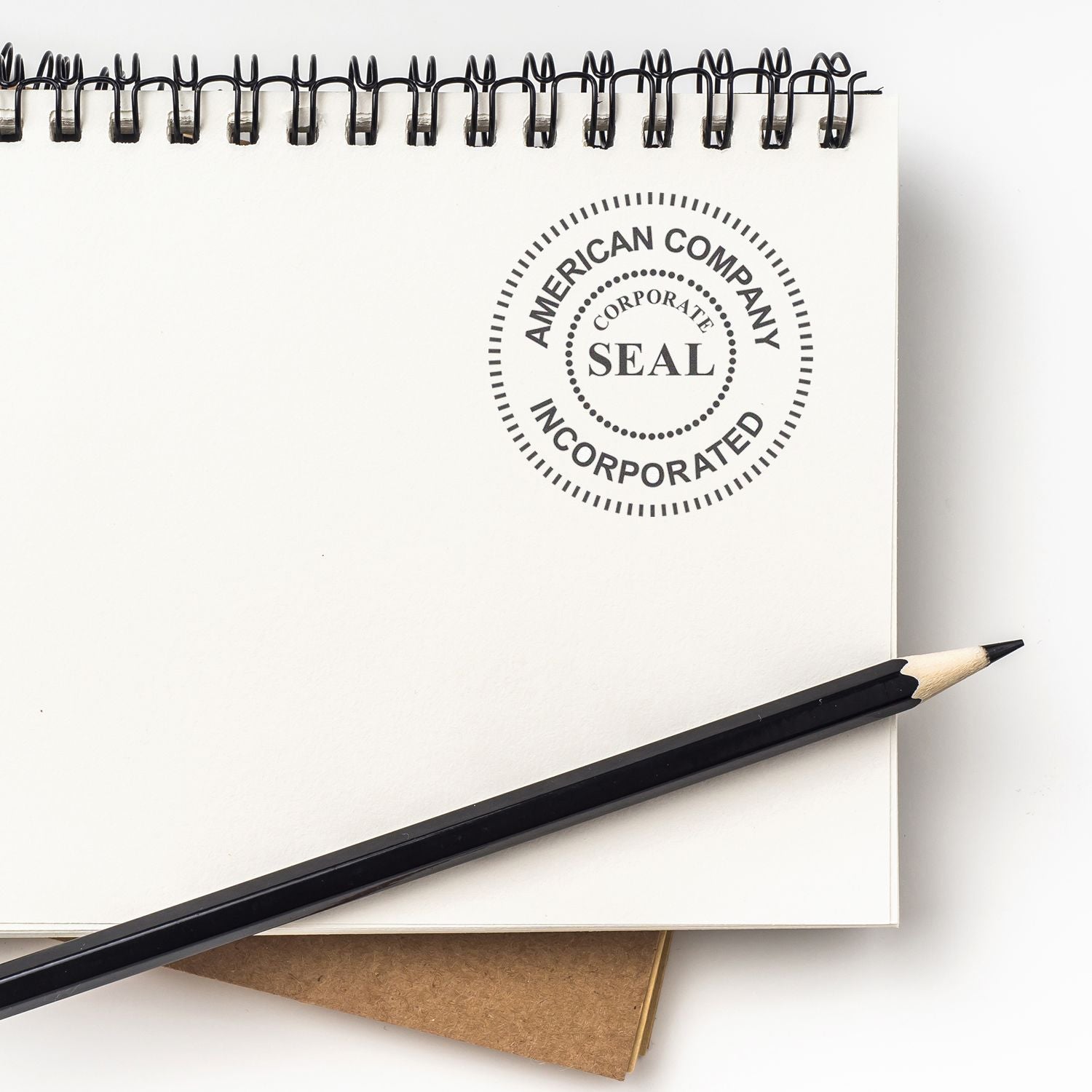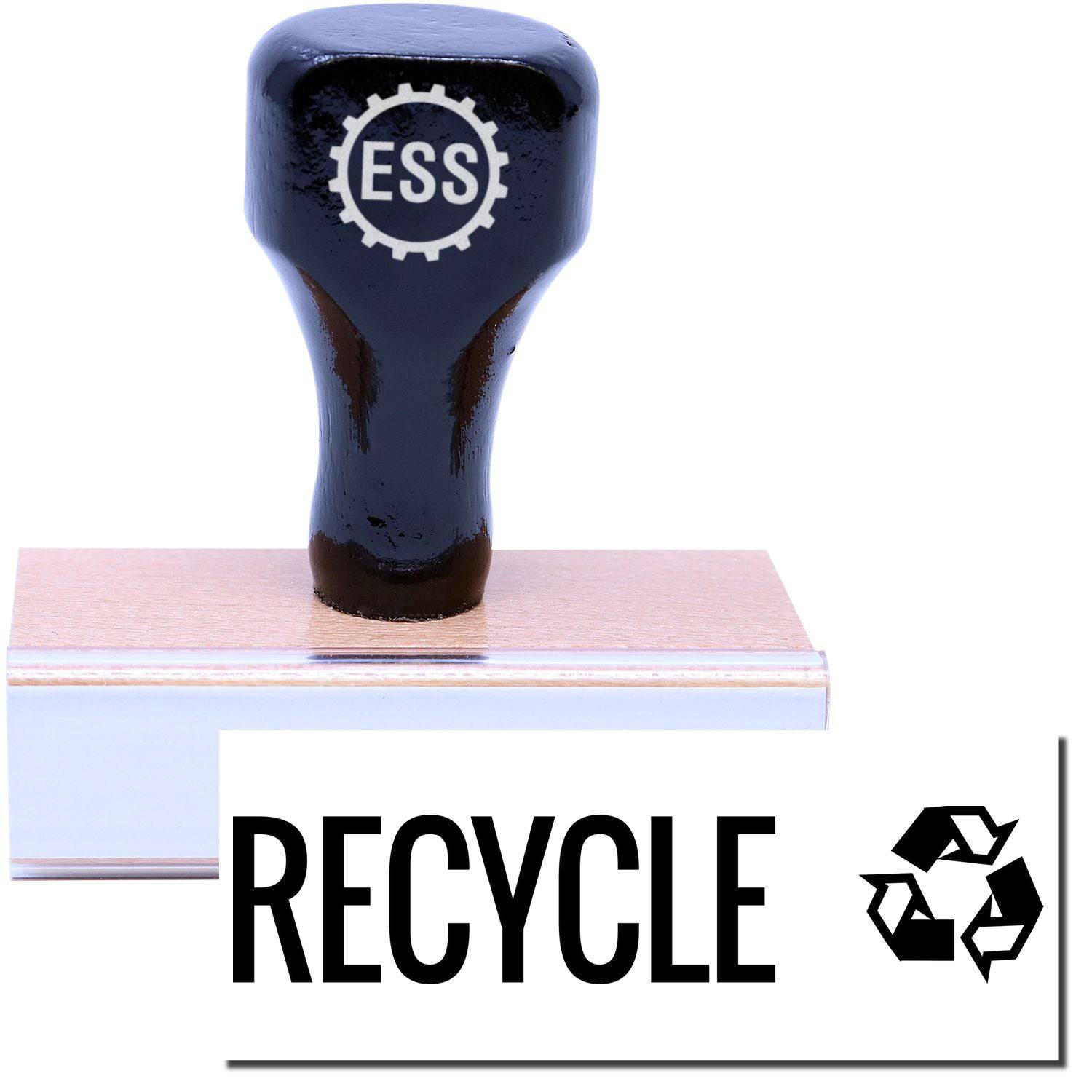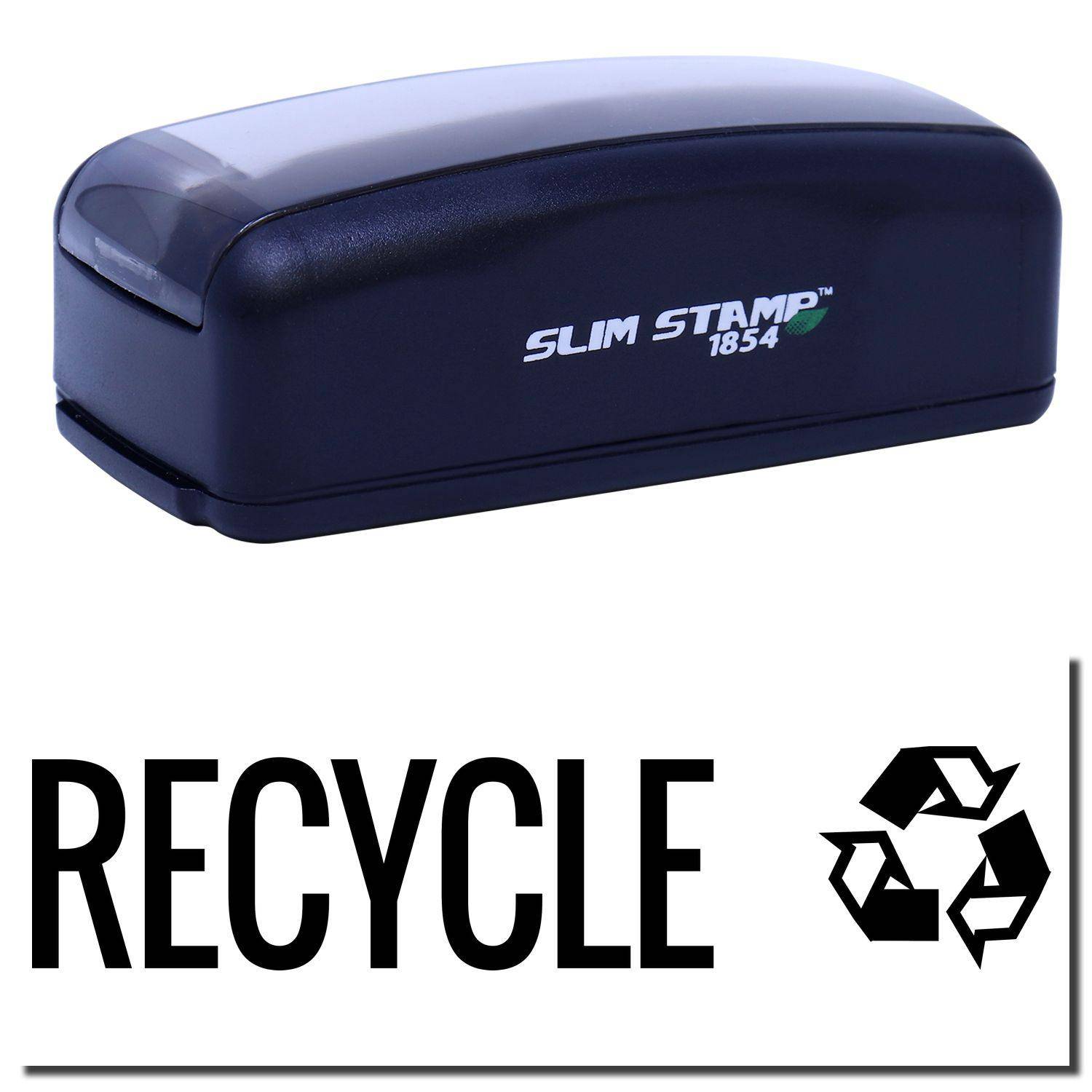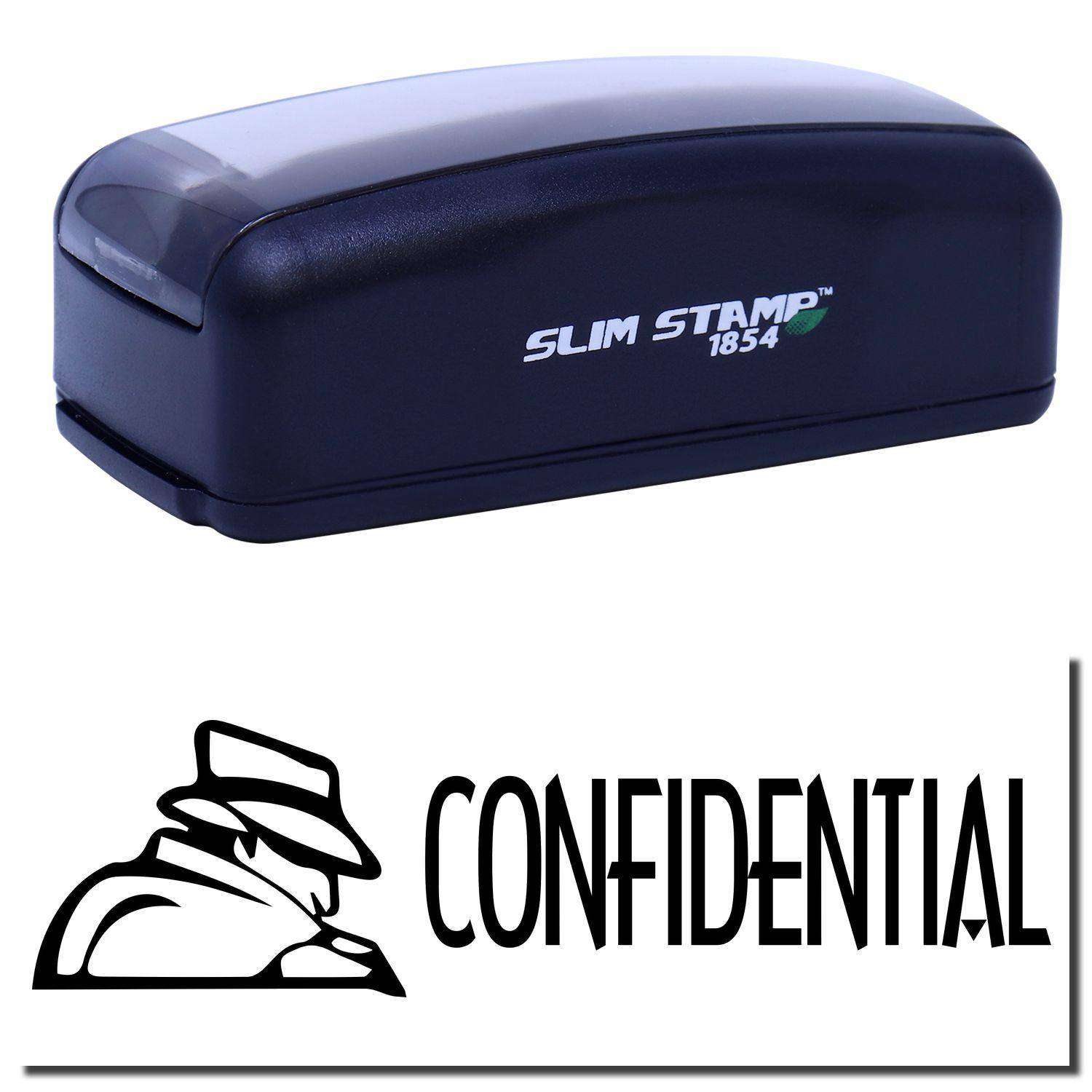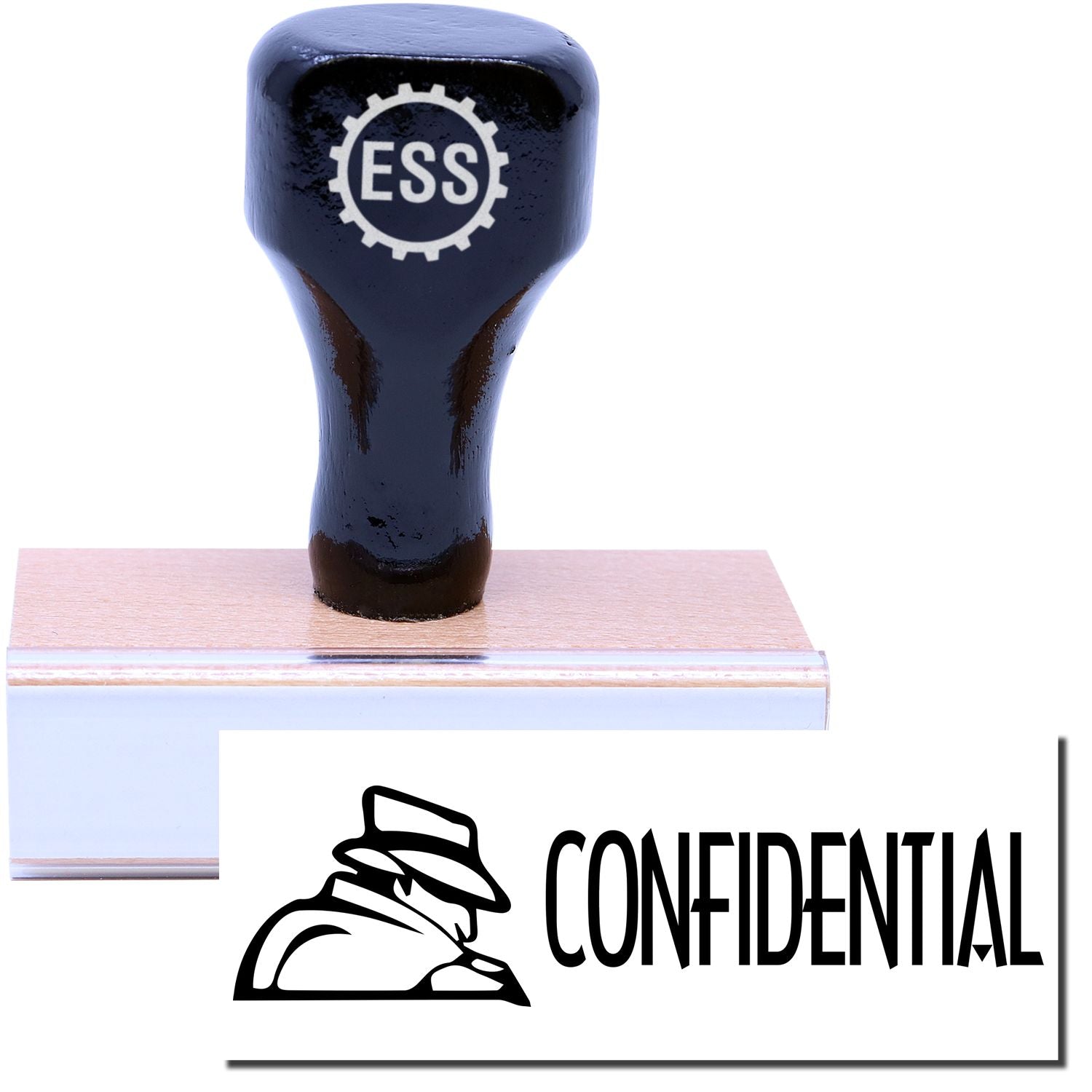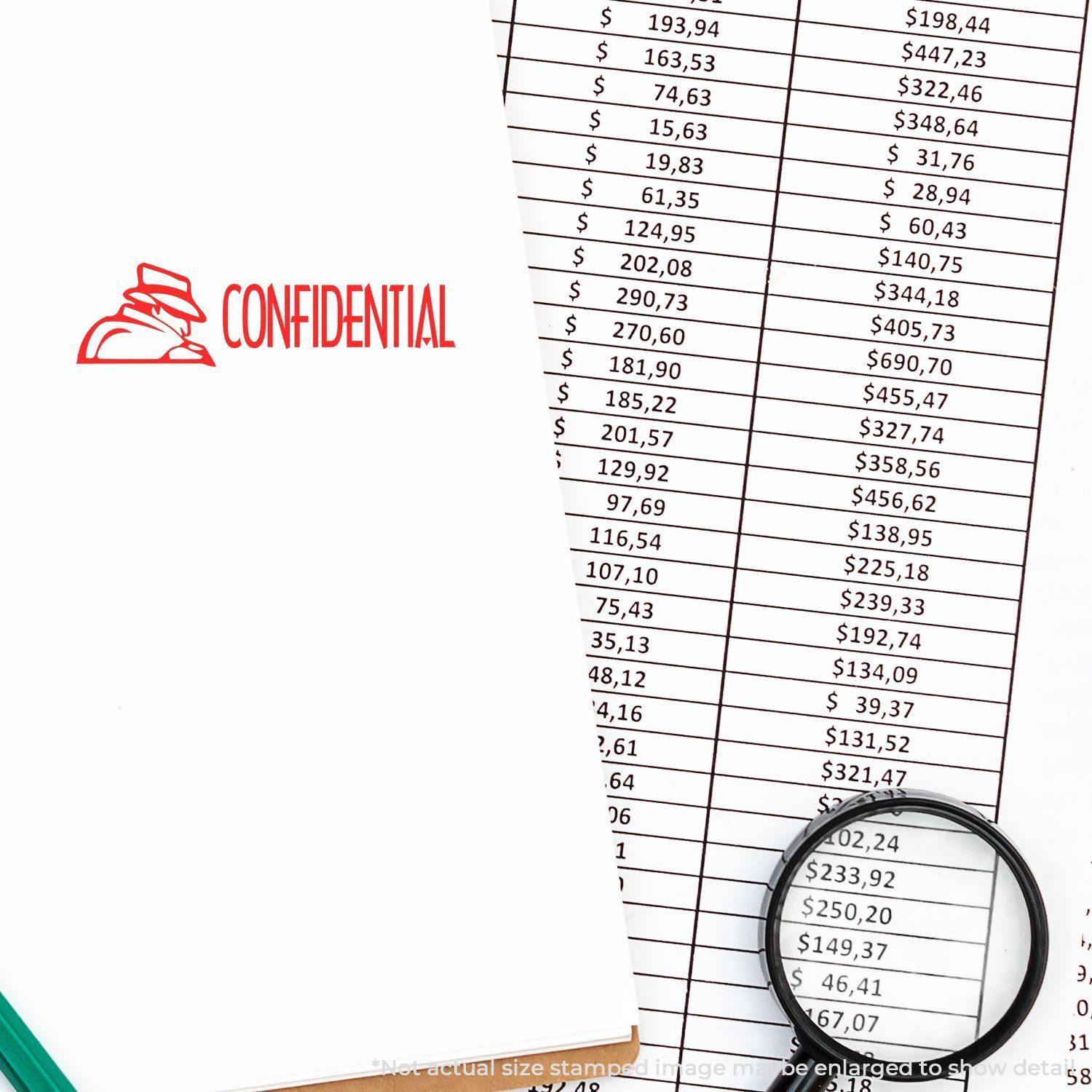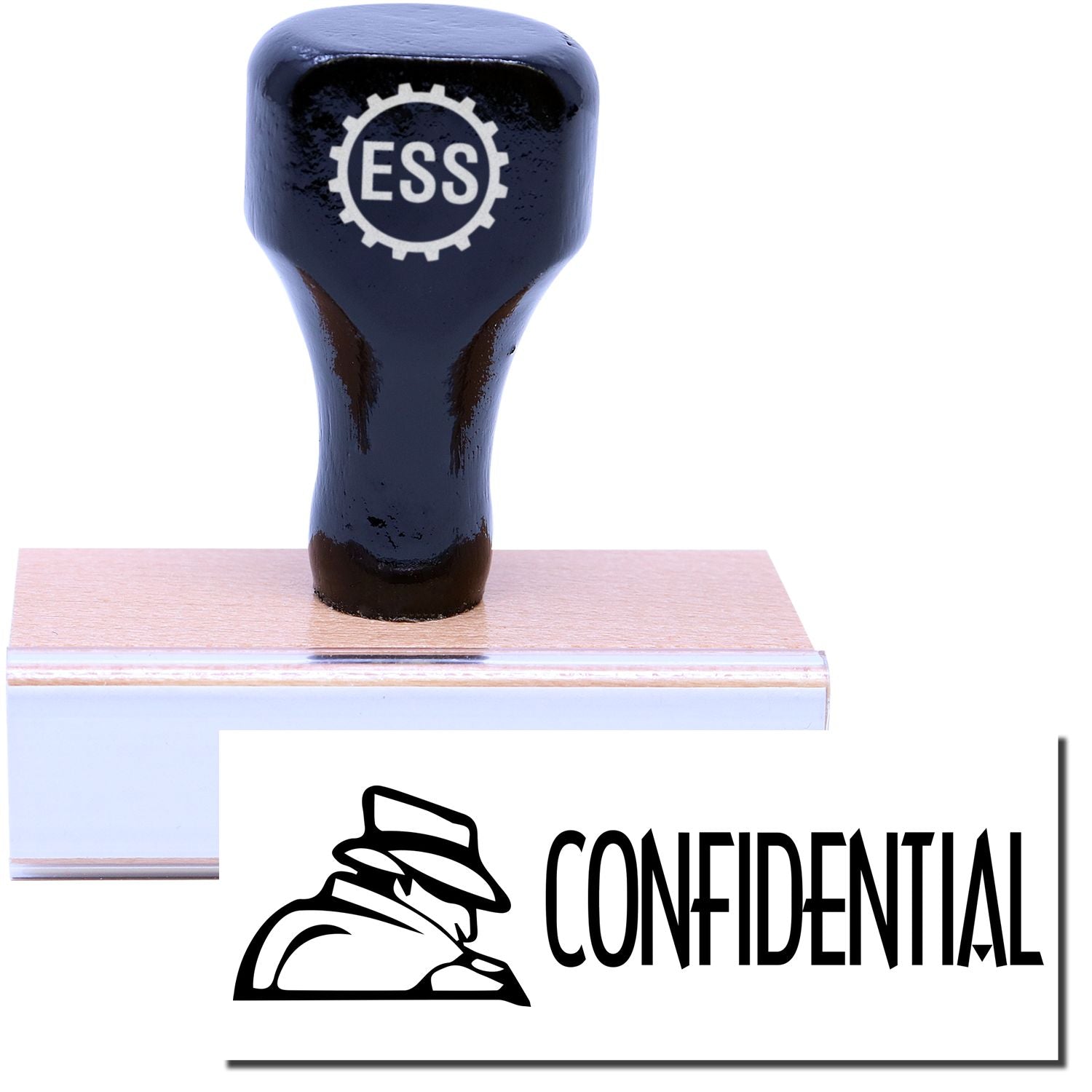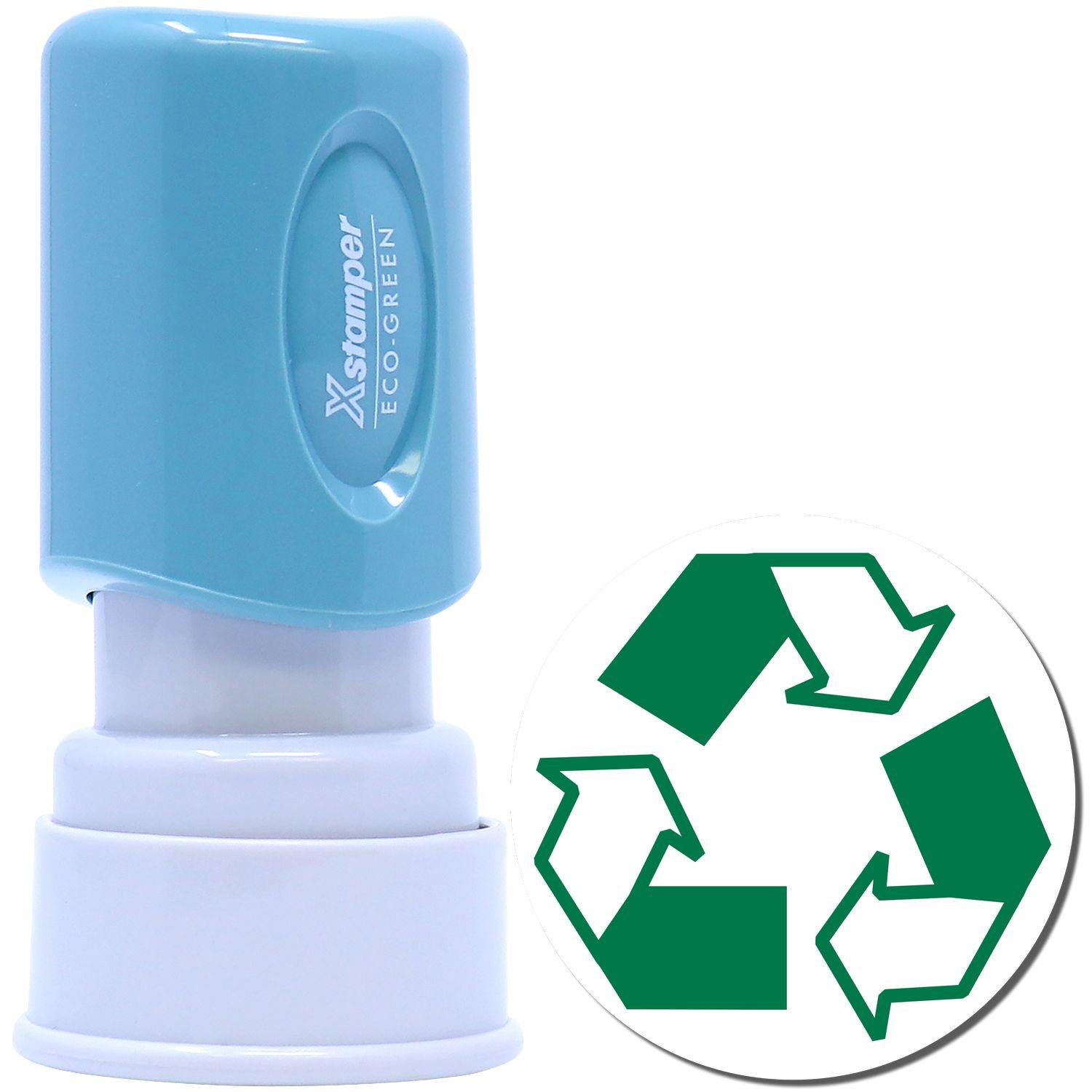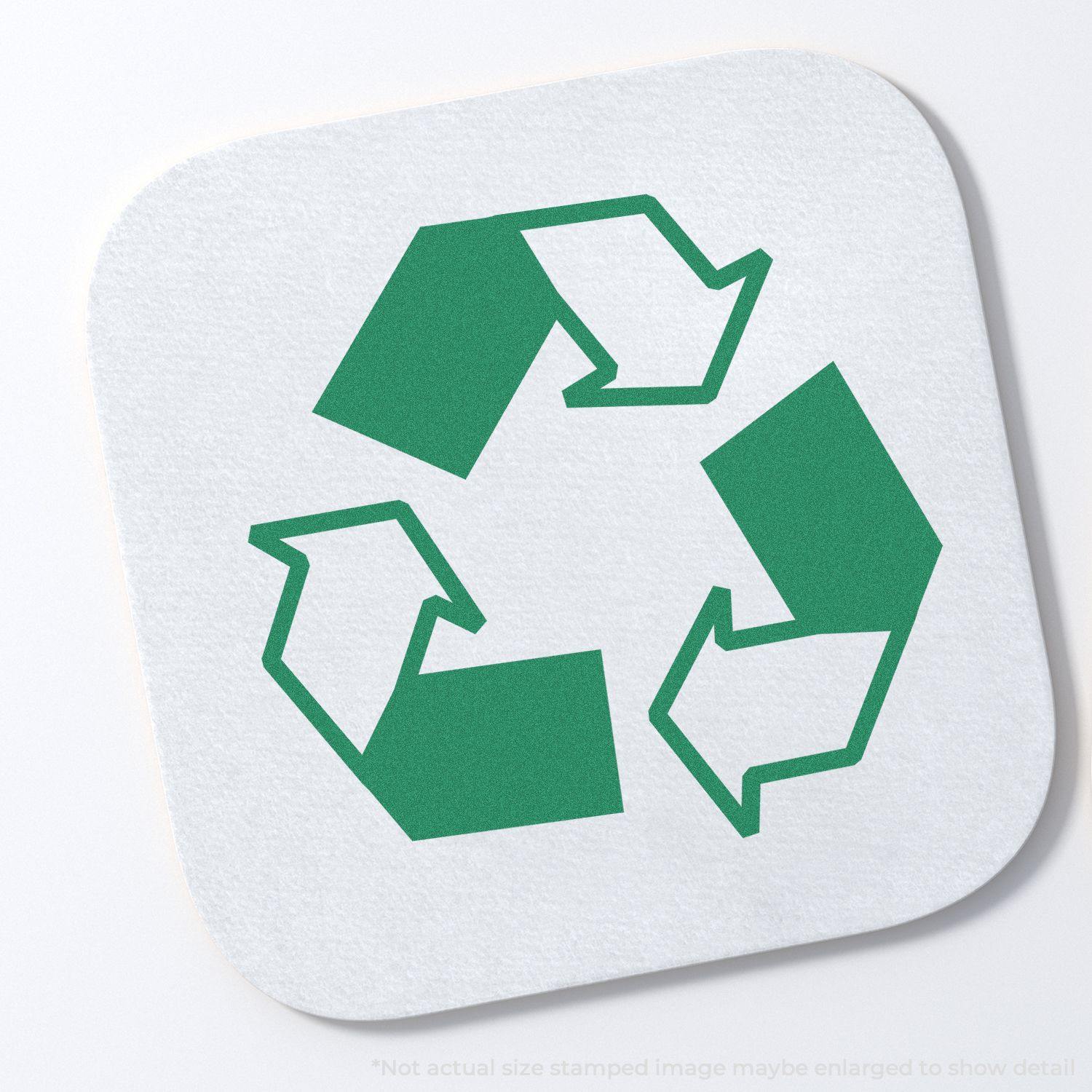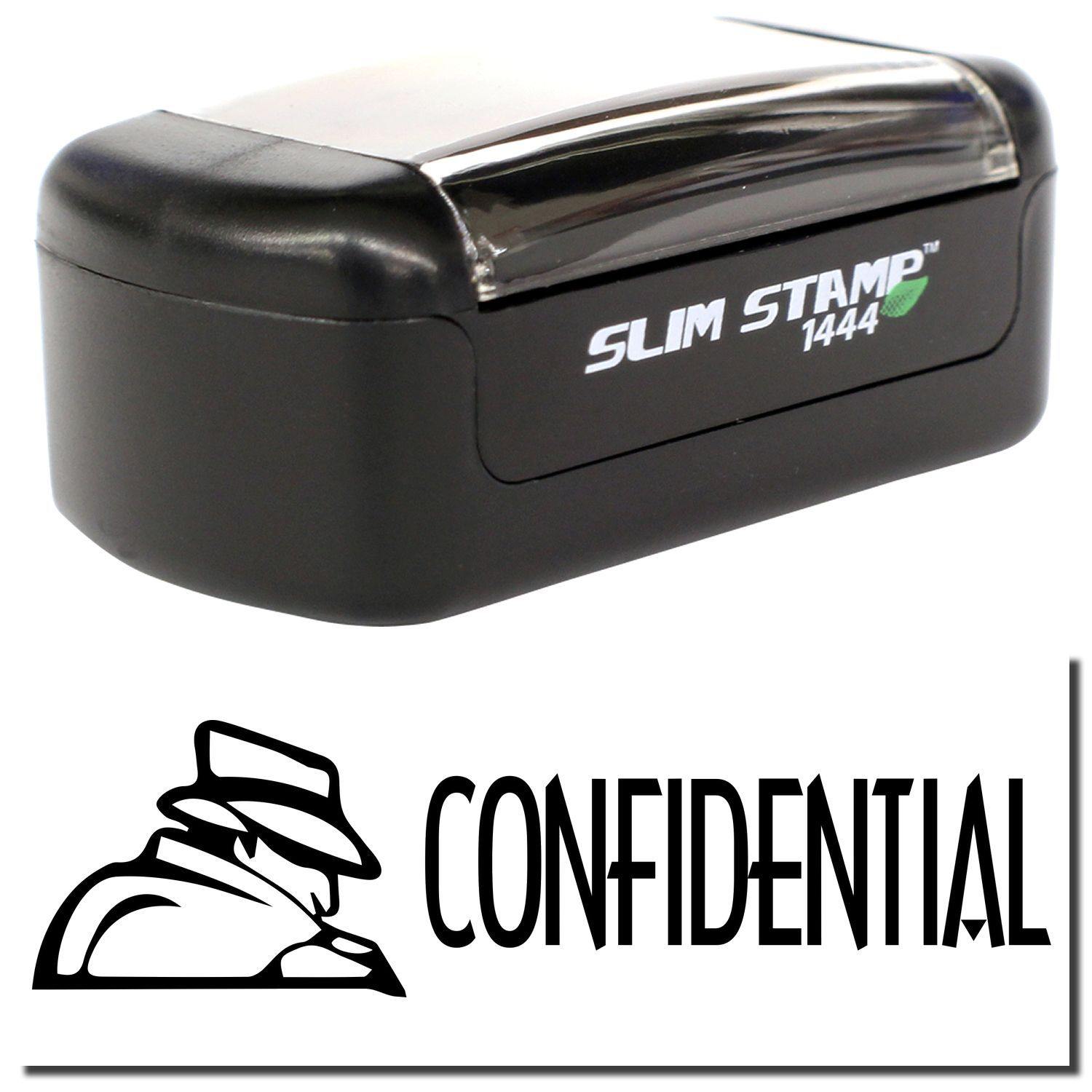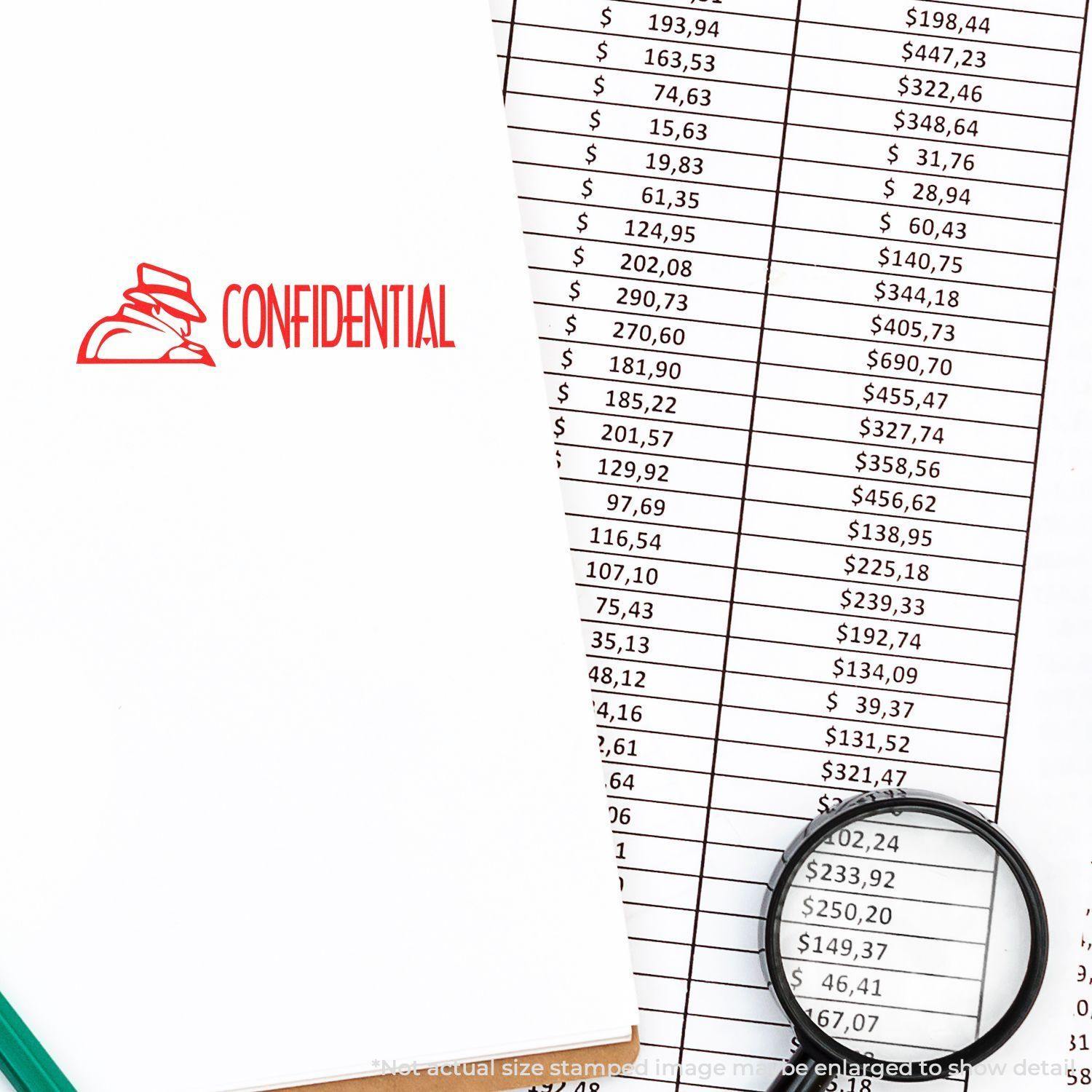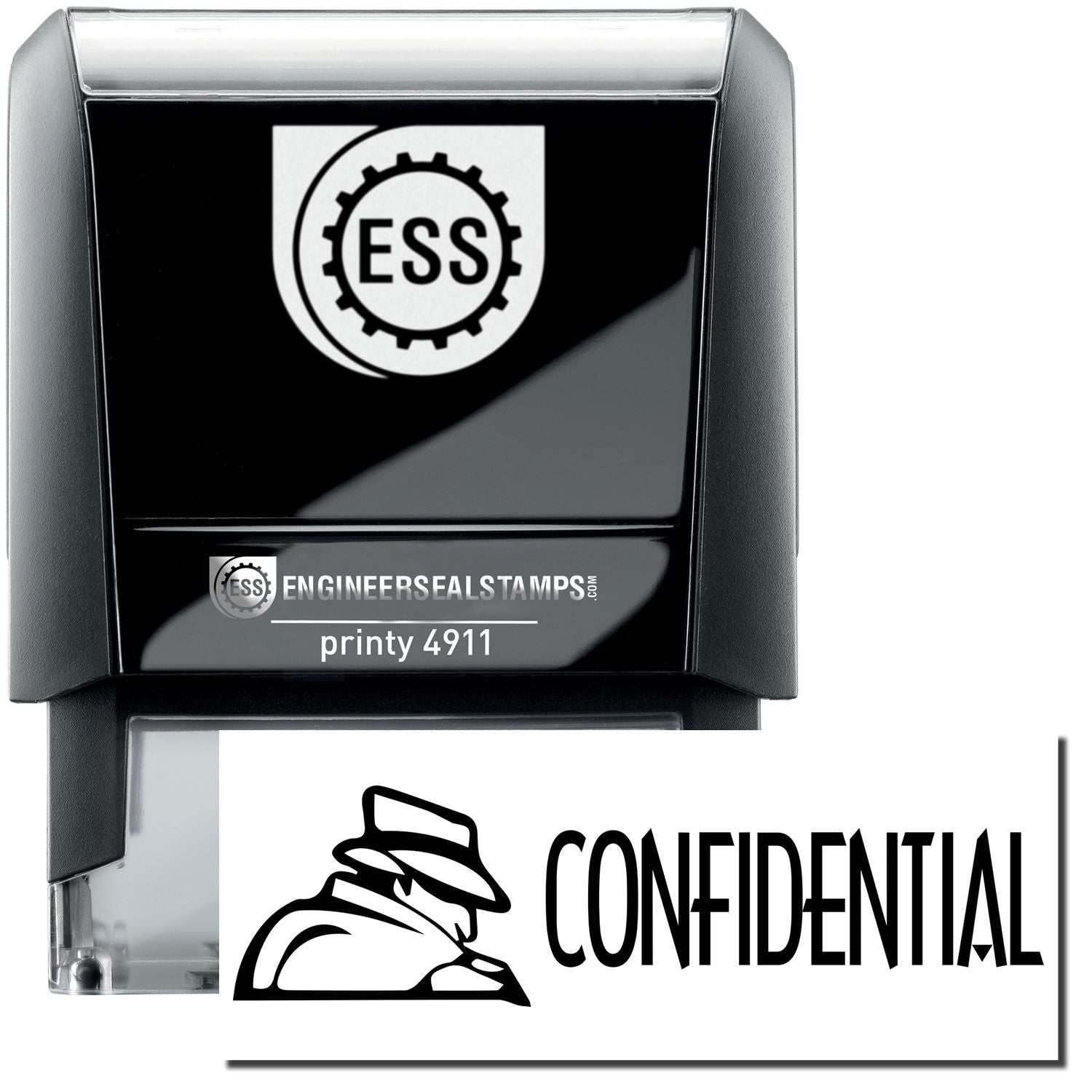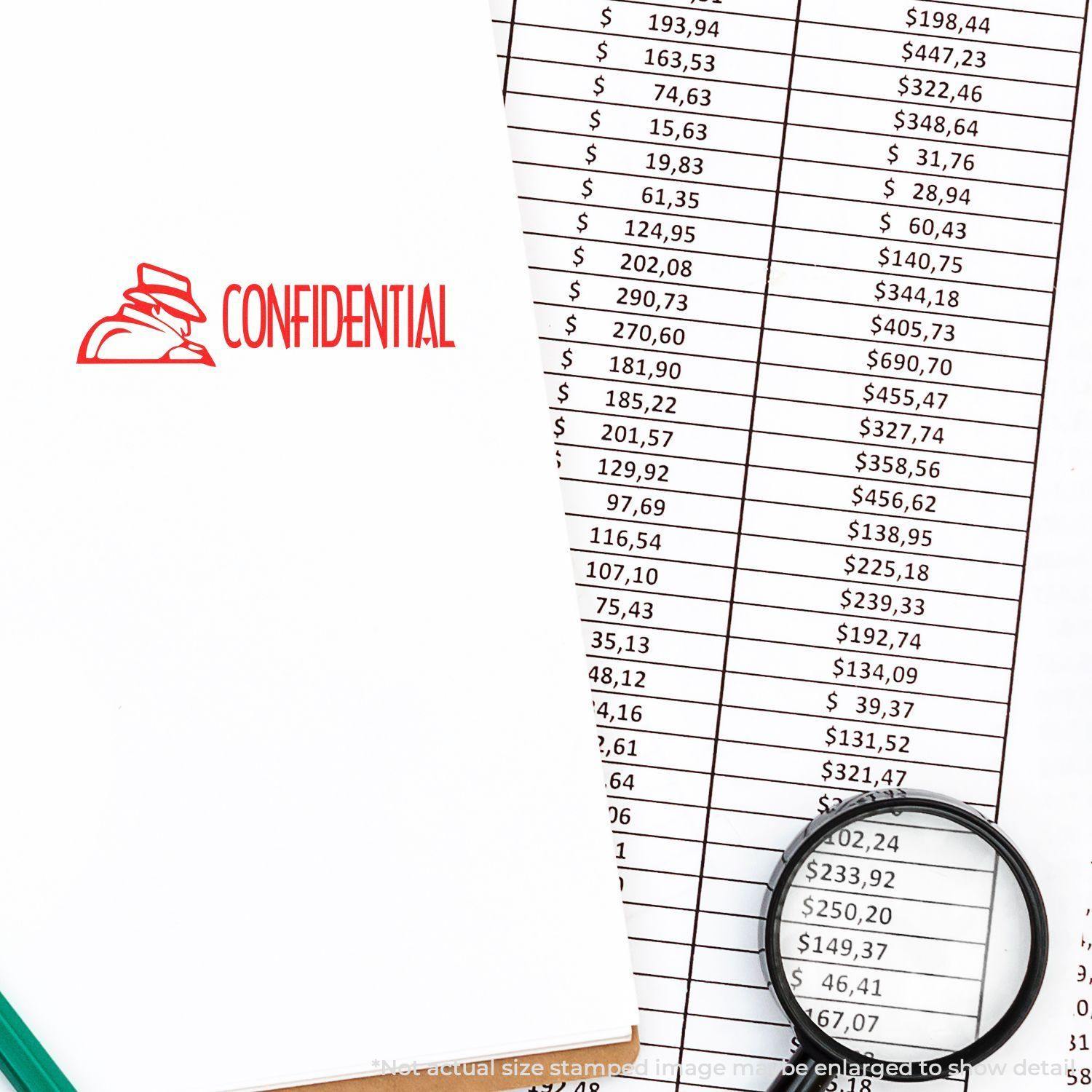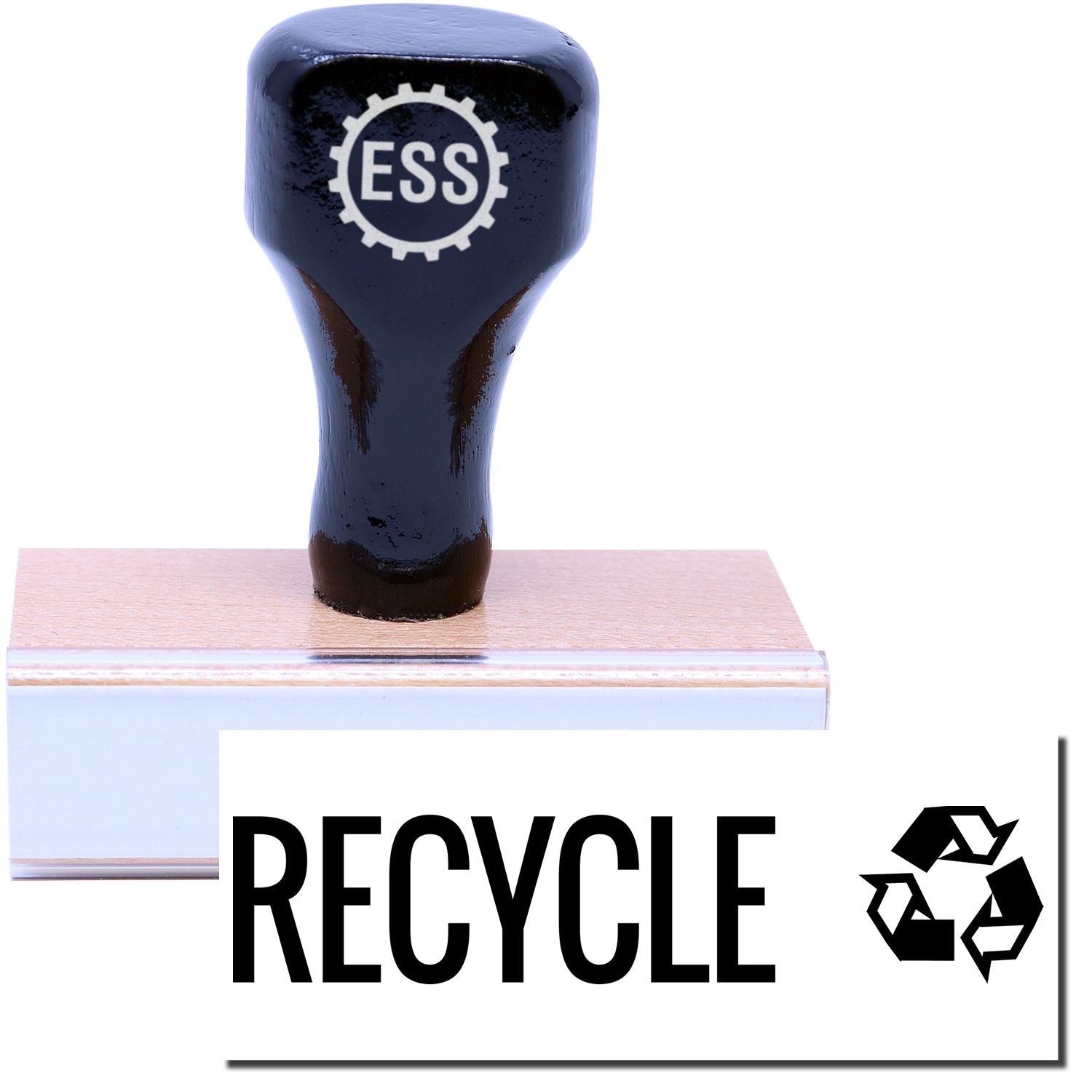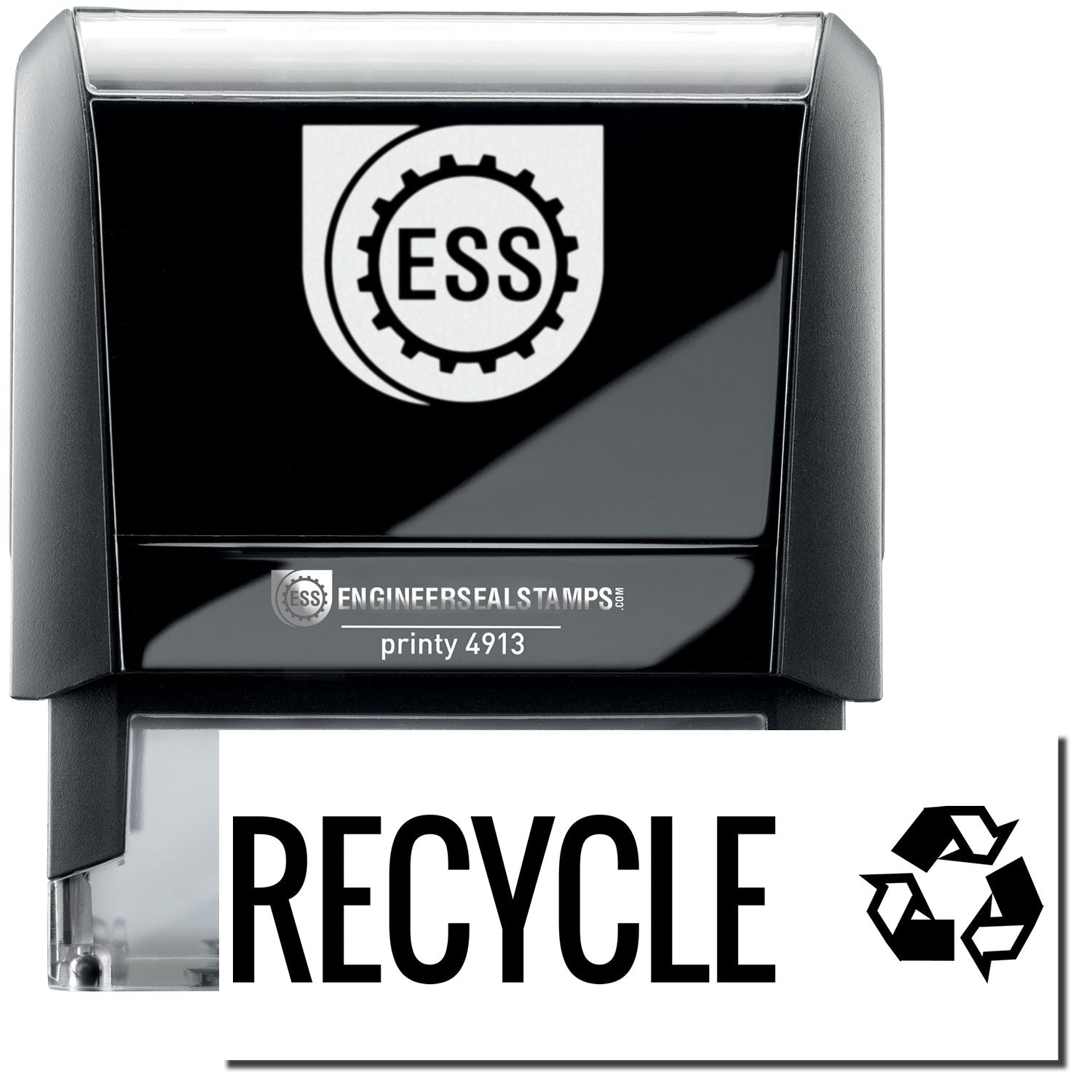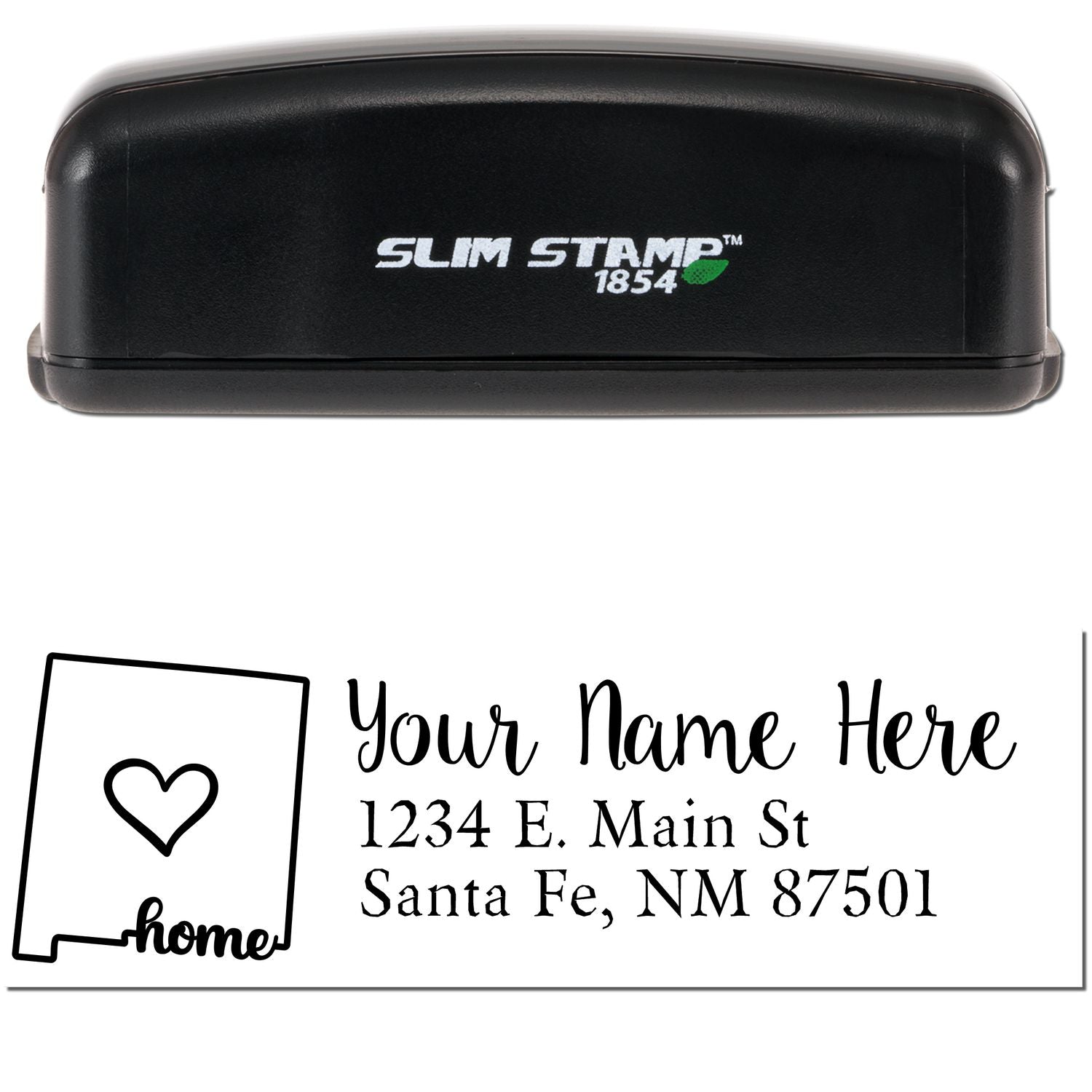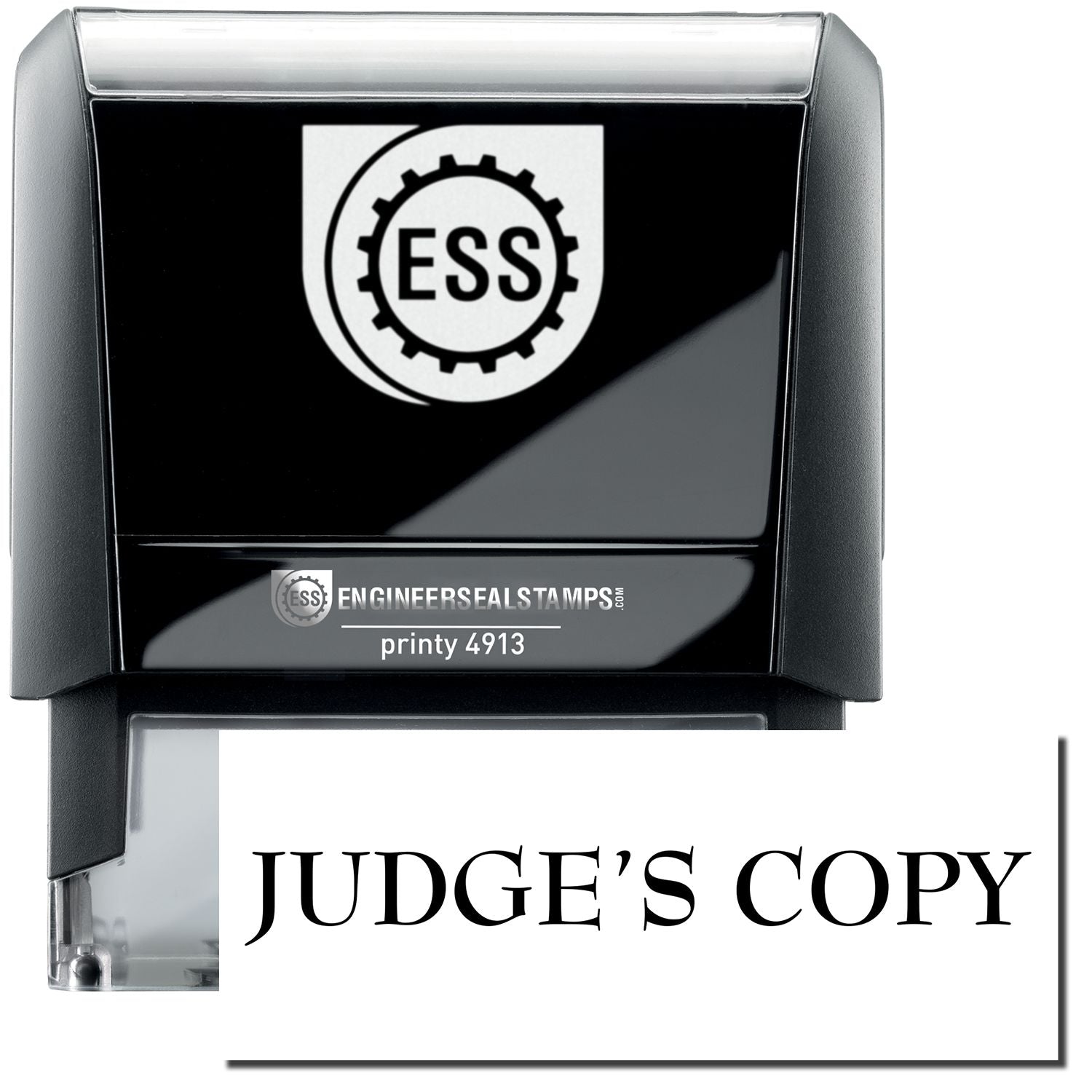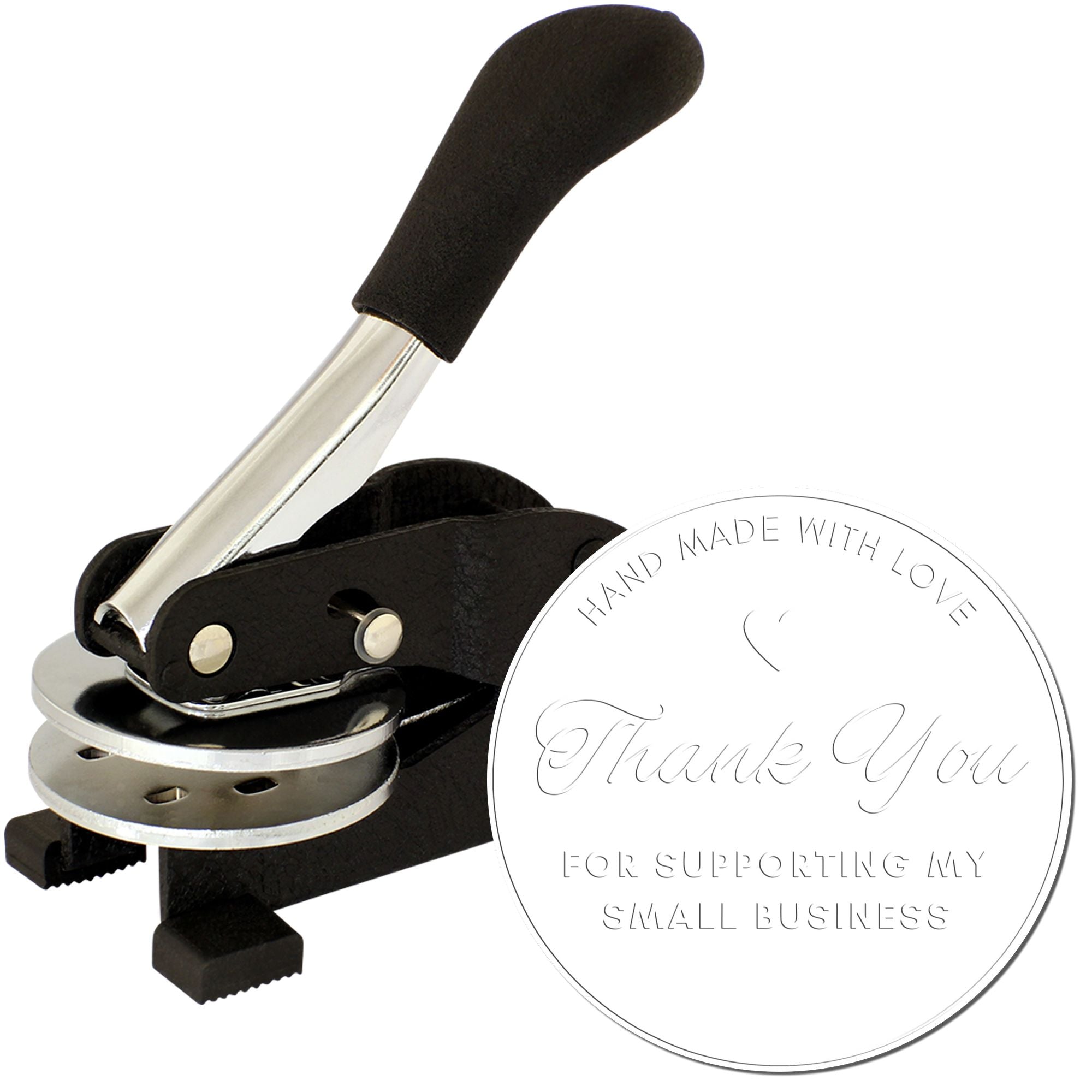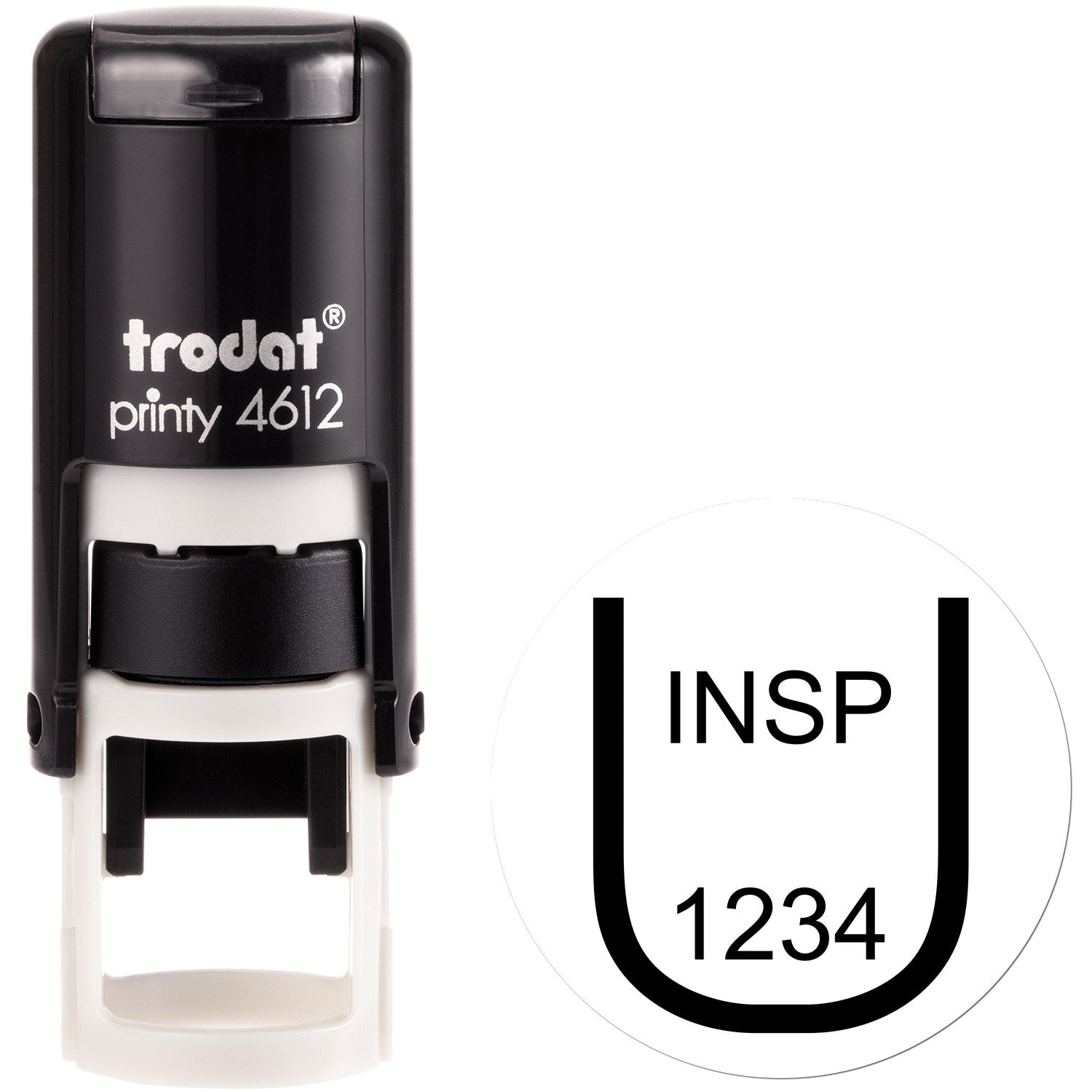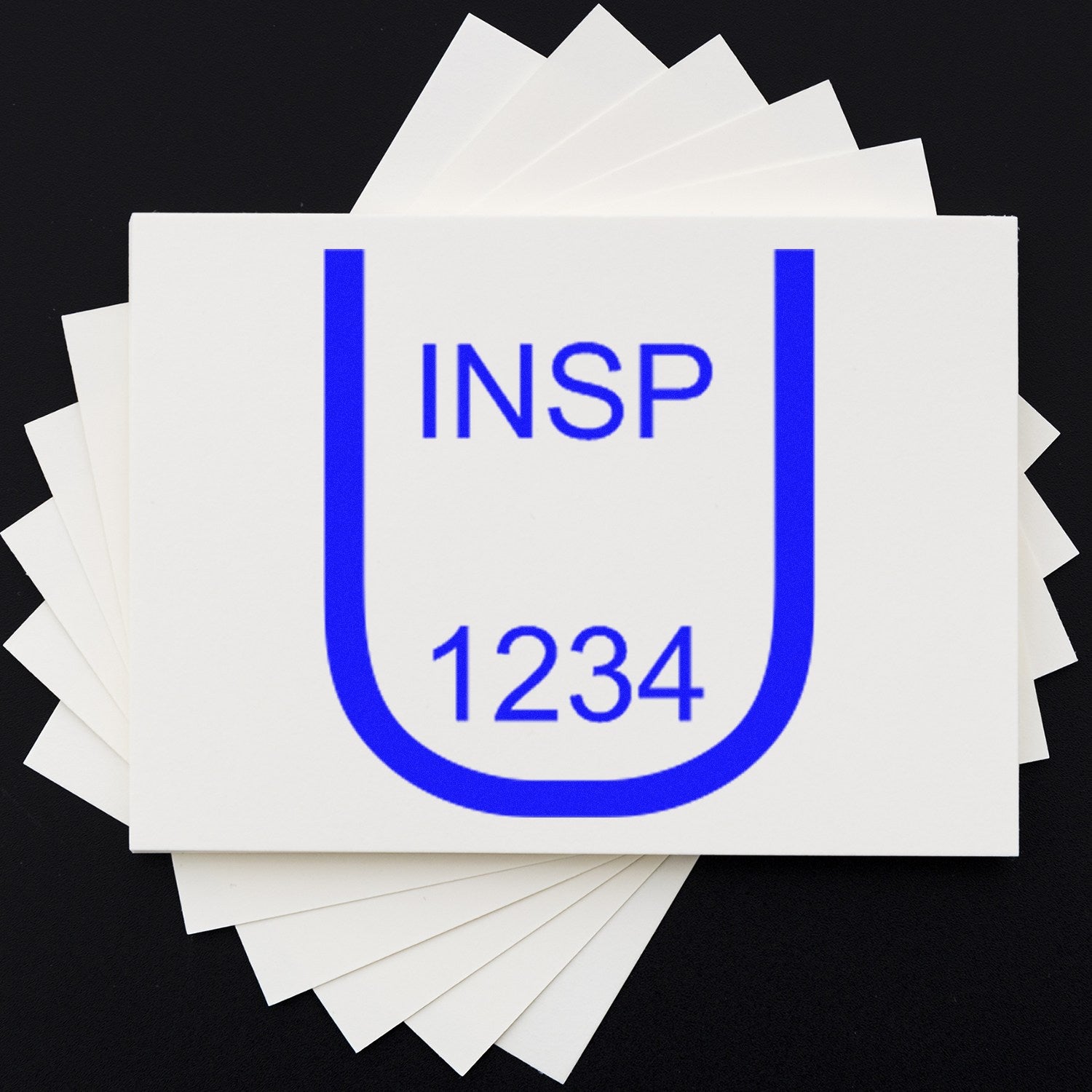The Importance of Quality Assurance
Ensuring product quality is of utmost importance for any business. Quality assurance plays a vital role in maintaining customer satisfaction, meeting industry standards, and building a reputable brand. By implementing effective quality assurance practices, businesses can avoid costly errors, improve efficiency, and ultimately enhance their bottom line.
Ensuring Product Quality
Quality assurance is the process of systematically monitoring and evaluating products or services to ensure they meet the required standards. This includes conducting inspections, tests, and audits to identify any defects, errors, or deviations from specifications. By catching and addressing issues early on, businesses can prevent defective products from reaching the market and damaging their reputation.
Inspection stamps are invaluable tools in the quality assurance process. These stamps are used to mark products, documents, or packaging materials once they have been inspected and deemed compliant. They serve as a visual indication that a thorough inspection has taken place and that the product meets the necessary standards. To learn more about inspection stamps and their applications, refer to our article on inspection stamps.
Benefits of Effective Quality Assurance
Implementing effective quality assurance practices offers numerous benefits for businesses:
-
Customer Satisfaction: When products consistently meet or exceed customer expectations, it leads to higher satisfaction and loyalty. Quality assurance helps businesses deliver products that perform as intended and meet the promised specifications.
-
Reduced Costs: By catching defects early on, businesses can minimize the need for costly rework, repairs, or product recalls. This leads to cost savings and helps maintain profitability.
-
Enhanced Efficiency: Quality assurance processes promote efficiency by identifying areas for improvement and streamlining operations. By eliminating waste, businesses can optimize resource allocation and reduce production time.
-
Compliance with Regulations: Many industries have specific regulations and standards that must be met. Effective quality assurance ensures that products adhere to these requirements, preventing legal issues and penalties.
-
Reputation Building: Consistently delivering high-quality products builds a positive reputation for a business. Positive word-of-mouth, customer referrals, and positive online reviews can lead to increased sales and business growth.
By understanding the importance of quality assurance and utilizing inspection stamps effectively, businesses can elevate their standards of product quality and gain a competitive edge in the market. Investing in these practices demonstrates a commitment to excellence and customer satisfaction.
Introduction to Inspection Stamps
In the realm of quality assurance, inspection stamps play a vital role in ensuring that businesses maintain high standards and meet regulatory requirements. These stamps serve as a visual confirmation that a product, document, or item has undergone inspection and meets the necessary criteria.
What are Inspection Stamps?
Inspection stamps are custom-made rubber stamps designed specifically for marking or labeling items that have been inspected. They consist of a durable rubber or polymer stamping surface attached to a handle. The stamping surface is typically engraved with information such as inspection dates, codes, or other relevant details. When pressed onto a surface, the stamp leaves a clear and legible imprint, providing a visual indication of the inspection status.
These stamps are commonly used in various industries, including manufacturing, warehousing, documentation, packaging, inventory management, and equipment maintenance. They offer a practical and efficient way to track and communicate the inspection status of products, materials, and documents.
How Inspection Stamps are Used in Business
Inspection stamps serve as an essential tool in quality control processes. They allow businesses to maintain consistency, streamline inspection procedures, and ensure compliance with industry standards. Here are some key ways inspection stamps are used in business:
-
Product Inspections: Inspection stamps are used to mark products that have passed quality checks at various stages of the production process. This helps identify and prevent the distribution of defective or non-compliant products.
-
Document Verification: In industries that require extensive documentation, inspection stamps are used to indicate that documents have been reviewed and approved. This ensures that critical information is verified and accurately recorded.
-
Inventory Management: Inspection stamps are used to label items in warehouses or storage facilities, indicating that they have been inspected and are ready for use or shipment. This helps maintain accurate inventory records and ensures that only inspected items are released.
-
Equipment Maintenance: Inspection stamps can also be used to mark equipment or machinery after routine inspections or maintenance procedures. This helps track maintenance schedules, identify potential issues, and ensure the safety and reliability of equipment.
By utilizing inspection stamps effectively, businesses can enhance their quality assurance processes, improve efficiency, and maintain a high level of customer satisfaction. Whether it's through the use of traditional rubber stamps, self-inking stamps, or pre-inked stamps, incorporating inspection stamps into daily operations is a powerful way to ensure consistent and reliable quality control.
For more information on custom inspection stamps and their applications in specific industries, check out our article on custom inspection stamps.
Types of Inspection Stamps
When it comes to inspection stamps for business, there are various options available to suit different needs and preferences. Let's explore three common types of inspection stamps: traditional rubber stamps, self-inking stamps, and pre-inked stamps.
Traditional Rubber Stamps
Traditional rubber stamps are a classic choice for inspection purposes. These stamps consist of a rubber stamp die mounted on a wooden or plastic handle. To use the stamp, ink is applied to the stamp die, and then it is pressed onto the desired surface.
One of the advantages of traditional rubber stamps is their versatility. They can be used with different types of ink and are easily customizable. Additionally, traditional rubber stamps are often more cost-effective compared to other types of inspection stamps. However, they may require a separate ink pad and can be time-consuming when it comes to re-inking.
Self-Inking Stamps
Self-inking stamps are a popular choice for businesses looking for convenience and efficiency. These stamps feature a built-in ink pad that automatically re-inks the stamp after each impression. The stamp mechanism is housed within the stamp body, eliminating the need for a separate ink pad.
With self-inking stamps, the stamping process becomes quicker and more streamlined. They are easy to use, as a simple press of the stamp produces a clear impression. Self-inking stamps are available in various sizes and can be customized with different text and designs. However, they may require occasional replacement of the ink pad to maintain optimal performance.
Pre-Inked Stamps
Pre-inked stamps are another option for businesses seeking high-quality and long-lasting impressions. These stamps contain ink that is embedded within the stamp die itself. When pressure is applied, the ink is released onto the surface, resulting in a clean and precise impression.
The key advantage of pre-inked stamps is their ability to produce thousands of impressions without the need for re-inking. The ink is evenly distributed and does not require additional ink pads or re-inking. Pre-inked stamps offer crisp and sharp impressions, making them ideal for detailed inspection markings. However, they may be slightly more expensive compared to other types of inspection stamps, and re-inking may require specialized ink.
When choosing the right type of inspection stamp for your business, consider factors such as durability, ease of use, customization options, and budget. Explore the specific requirements of your industry, such as inspection stamps for manufacturing, inspection stamps for warehouses, inspection stamps for documents, inspection stamps for packaging, inspection stamps for inventory, and inspection stamps for equipment, to make an informed decision. Selecting the right type of inspection stamp ensures accurate and efficient marking, contributing to effective quality assurance processes.
Customizing Your Inspection Stamps
When it comes to inspection stamps for business, customization plays a crucial role in ensuring that the stamps meet your specific needs. By personalizing your inspection stamps, you can enhance their effectiveness and make them a valuable tool in your quality assurance process. In this section, we will explore various design options and customization features to consider when creating your inspection stamps.
Design Options and Customization Features
One of the key benefits of custom inspection stamps is the ability to choose from a range of design options and customization features. This allows you to tailor the stamps to your business requirements and make them unique to your brand. Some common design options include selecting the shape, size, and color of the stamp.
Additionally, you can choose from various fonts and text styles to display the necessary information on the stamp. It's essential to ensure that the text is clear and legible, as it will be used to indicate important inspection details. Consider using bold or italicized fonts for emphasis, and select a font size that is easy to read.
Incorporating Business Information
To make your inspection stamps truly personalized, it's important to incorporate relevant business information. This includes adding your company name, logo, or any other identifying symbols that represent your brand. By including this information on the stamp, you create a visual connection between your business and the inspection process.
In addition to your business information, you may also want to include specific details such as the inspector's name, inspection date, or a unique identification code. This additional information can help track and reference inspections in the future. Remember to keep the design clean and organized, ensuring that the information is easily readable.
Adding Logos or Symbols
Another way to customize your inspection stamps is by adding logos or symbols related to your industry or specific inspection requirements. This can help convey important information at a glance and make the stamps more visually appealing. For example, if you work in the manufacturing industry, you may want to include symbols related to quality control or product certifications.
Symbols can also be used to indicate pass or fail criteria or specific inspection outcomes. By incorporating these visual cues on the stamp, inspectors can quickly identify the status of the inspected item. Remember to keep the symbols simple and easy to understand.
By customizing your inspection stamps, you can create a tool that aligns with your business needs and enhances your quality assurance process. Whether it's selecting design options, incorporating business information, or adding logos and symbols, the customization process ensures that the inspection stamps are tailored to your requirements. For more information on inspection stamps and their application in different industries, check out our articles on inspection stamps and custom inspection stamps.
Using Inspection Stamps Effectively
To maximize the benefits of inspection stamps in your quality assurance processes, it's important to establish effective procedures, ensure proper stamp placement and technique, and maintain and replace stamps as needed.
Establishing Inspection Procedures
Before implementing inspection stamps, it's crucial to establish clear and standardized inspection procedures. This involves defining the criteria for inspection, determining the appropriate stamp to use for each situation, and outlining the necessary steps to follow during the inspection process.
By having well-defined inspection procedures in place, you can ensure consistency and accuracy in your quality assurance efforts. This helps to streamline operations, identify potential issues, and maintain a high level of product or service quality. For more information on how inspection stamps can benefit specific industries, such as manufacturing, warehouses, documents, packaging, inventory, and equipment, check out our article on inspection stamps.
Proper Stamp Placement and Technique
To achieve reliable and legible inspection markings, it's essential to use proper stamp placement and technique. When using an inspection stamp, ensure that the stamp is aligned correctly with the surface to be stamped. Apply even pressure to the stamp, making sure to press down firmly and evenly to create a clear impression.
Proper stamp placement and technique help to ensure that the inspection markings are easily visible and can be readily interpreted by relevant personnel. This facilitates effective communication and helps to prevent errors or misunderstandings during quality checks.
Maintaining and Replacing Stamps
Regular maintenance and timely replacement of inspection stamps are key to their long-term effectiveness. Over time, the quality of stamp impressions may deteriorate due to wear and tear. To maintain optimal performance, keep the stamp clean and free from ink buildup. Cleaning the stamp regularly using a mild cleaning solution and a soft cloth can help to prolong its lifespan.
Additionally, monitor the condition of the stamp pad or ink cartridge and replace them when they become dry or worn out. This ensures that the stamp consistently produces high-quality impressions, allowing for accurate and reliable inspection markings. For more information on different types of inspection stamps, including self-inking and pre-inked stamps, refer to our article on custom inspection stamps.
By following these guidelines, you can use inspection stamps effectively as part of your quality assurance efforts. Establishing clear inspection procedures, using proper stamp placement and technique, and maintaining and replacing stamps when necessary all contribute to maintaining high standards and ensuring the quality of your products or services.
Conclusion
Inspection stamps play a vital role in ensuring quality assurance for businesses across various industries. These stamps offer a convenient and efficient way to mark products, documents, and packaging, indicating that they have undergone inspection and meet the required standards. The value of inspection stamps in quality assurance cannot be overstated.
By utilizing inspection stamps, businesses are able to establish a clear and consistent process for quality control. These stamps help streamline the inspection procedures, ensuring that every item is properly examined and approved before it is released or shipped. The use of inspection stamps helps to minimize errors, improve efficiency, and maintain a high level of product quality.
Customization options for inspection stamps allow businesses to tailor them to their specific needs. They can incorporate important information such as company name, logo, or specific symbols that represent their industry or certification. This customization not only adds a professional touch but also helps to reinforce brand identity and credibility.
Proper stamp placement and technique are crucial for accurate and reliable inspections. It is essential to train employees on the correct use of inspection stamps to ensure consistent application and readability. Regular maintenance and replacement of stamps are also important to ensure that the stamps are in optimal condition and produce clear, legible impressions.
Different types of inspection stamps, including traditional rubber stamps, self-inking stamps, and pre-inked stamps, offer various benefits depending on the specific requirements of a business. Each type has its own advantages in terms of convenience, ease of use, and durability. To learn more about the different types of inspection stamps, check out our article on inspection stamps.
In conclusion, inspection stamps provide a practical and effective solution for businesses to implement quality assurance measures. They serve as a tangible proof that products, documents, and packaging have undergone thorough inspection and meet the necessary standards. Whether it's for manufacturing, warehousing, documents, packaging, inventory, or equipment, inspection stamps offer a valuable tool to maintain and enhance quality control processes.
About ESS
At Engineer Seal Stamps (ESS), we aren't just makers; we're dedicated craftsmen passionate about bringing precision to your fingertips. Specializing in the creation of custom rubber stamps, professional seals, and notary stamps, our expertise is underpinned by a steadfast commitment to stellar customer service. Every ESS product isn't just a tool, but a promise—backed by our state board guarantee, ensuring that each seal and stamp you receive from us is of impeccable standard. Our dedication extends beyond the product; we pride ourselves on being responsive, attentive, and always in tune with our customers' needs. Choose ESS, where excellence meets assurance, and every impression counts.

